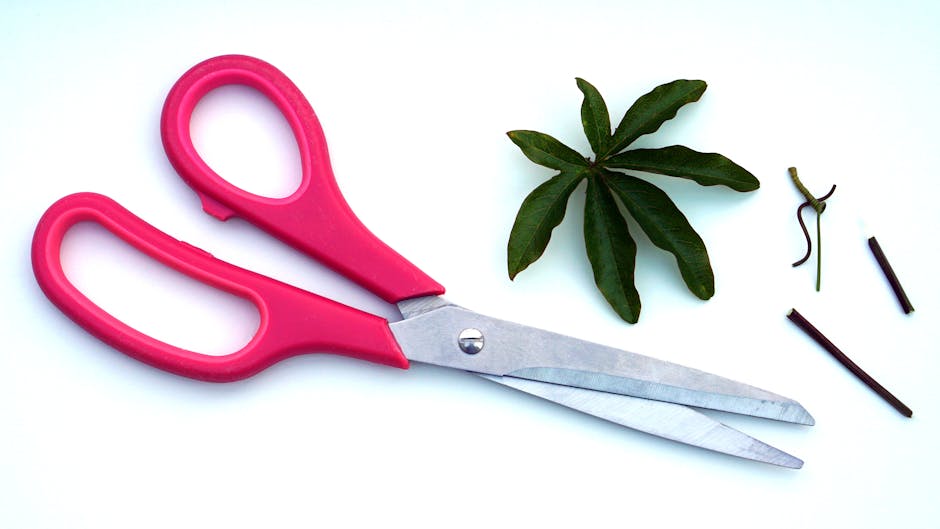


Writing a short story can be a fun and rewarding experience. It can be a great way to share your ideas and see how they are received, as well as to make some money. While there are a few key steps that must be followed in order to write a good short story, there is no one-size-fits-all approach. When writing your short story, it is important to consider the tone of the story and to make sure the story is engaging. You should also consider the focus of the story and how it will help to set the scene for the reader. Finally, it is important to make sure the story is written in a clear and concise manner. While there are no specific steps that need to be followed when writing a short story, following these tips will help you write a quality piece of writing.
Short stories are a unique form of writing that can be used for a variety of purposes. They can be used to tell a story, tell a moral, or explore a topic. There are many different ways to write short stories and each one has its own advantages and disadvantages. One of the advantages of writing short stories is that they are easy to write. This means that you don't have to spend hours brainstorming ideas or worrying about grammar and sentence structure. You can just start writing and see where it takes you. However, this type of writing may not be the best choice if you want your story to be read by many people. It may not be clear who is responsible for the events in the story and what the consequences are. Another disadvantage of writing short stories is that they take longer than other types of writing. This can make them less likely to be published or accepted by potential employers. It is also important to remember that short stories are often less complex than longer pieces of writing and may not include as many layers of depth or complexity. In order to be successful in this type of writing, you need to have a strong grip on your story concept and plan ahead in advance with how you will end it.















